Building a legacy set to last
Few architects in the world have been as dedicated to designing residential buildings than the late Japanese architect Kazuo Shinohara, who died in 2006. Even fewer have summarized their thought in such a systematic way, or had such a lasting legacy.
Born in 1925, Shinohara established his own practice in 1954. With the belief that a house is a work of art, in the following five decades the alumnus and also teacher of Tokyo Institute of Technology (Tokyo Tech) consistently impressed his peers with more than 30 outstanding residential buildings. He divided these into four major styles according to his own theory of architecture.
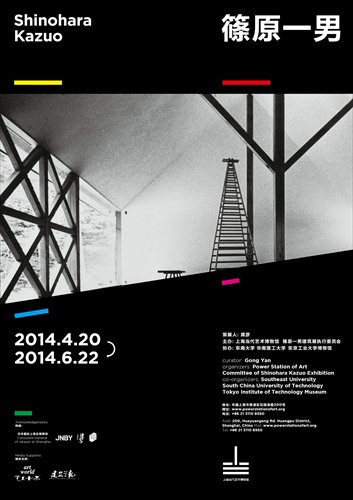
A poster for the exhibition
In 2005, Shinohara was awarded the grand prize of the Architectural Institute of Japan for "contributions to architectural culture by superior design activities as an architect based on housing and urban theories over a period of many years."
In an ongoing exhibition, Shinohara's designs and theories can be seen at the Power Station of Art, which is showcasing photographs, models, quotations, videos and archives about Shinohara and his major masterpieces until June 22.
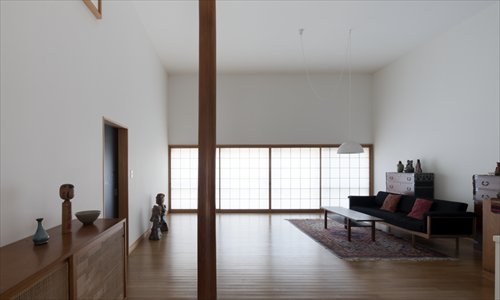
Photos of Kazuo Shinohara's projects on show at the exhibition Photos: Courtesy of Power Station of Art
Four styles of Shinohara
The exhibition begins with Shinohara's House in Kugayama from 1954, which took inspiration from the architectural tradition of Japan. It then proceeds through the major works of his four different styles to his last, unfinished work House in Tateshina Project from 2006.
Shinichi Okuyama and Koichi Yasuda, two professors from Tokyo Tech who both worked with Shinohara, gave an introduction to the four styles last Saturday at the exhibition.
The first style, which lasted from 1954 to the 1960s, saw the architect influenced by his teacher at Tokyo Tech, Kiyoshi Seike, and takes inspiration from Japanese architectural tradition while being infused with modern functionality. The second style began in 1970 and is expressed in four houses with the theme of "Cracked Space" that continued the cubic shapes featured by modernism while abandoning the movement's functional consistency. The third style started in 1974 when the architect applied chaos theory to his designs, emphasizing geometric shapes and the collisions between them. The fourth style evolved from 1984 and carried on his chaos theory through several public buildings.
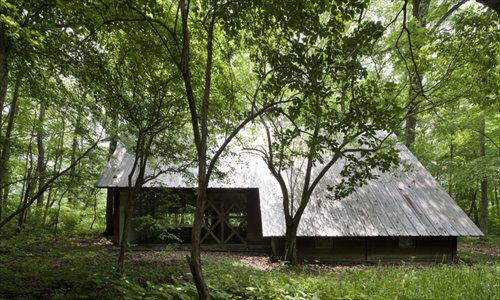
Photos of Kazuo Shinohara's projects on show at the exhibition Photos: Courtesy of Power Station of Art
Beside photographs of plans and completed buildings, the exhibition also showcases the plans of House in White (1965) and House in Yokohama (1985) in full life-size scale on the floor. Some furniture designed by the architect for House in Yokohama is on public display for the first time.
"Shinohara's career also witnessed the economic changes in Japan, which rose rapidly in the 1960s and went through the bubble economy in the 1980s and 1990s. The discussion of what is the most important thing for an architect and what people need from a building lasted throughout his works," said Okuyama, who takes care of most of Shinohara's files.
Influences on his students
Shinohara taught at Tokyo Tech from 1953 to 1986, and among his students, Kazunari Sakamoto and Itsuko Hasegawa have become significant architects in Japan. The two, together with Toyo Ito who won the Pritzker Architecture Prize in 2013, are considered the three main representatives of the well-known Shinohara School.
However, Okuyama said at the forum, joined with the aforementioned three representatives, that while they were greatly influenced by Shinohara, the students have taken their own distinct directions.
The campus of Tokyo Tech serves as a typical example of the special relationship between the teacher and his students. Tokyo Tech Centennial Hall, designed by Shinohara, is solemn and distant from its surroundings, while just a few steps away, Sakamoto's open-style Tokyo Tech Front, with its glass ceilings and open structures, is more welcoming.
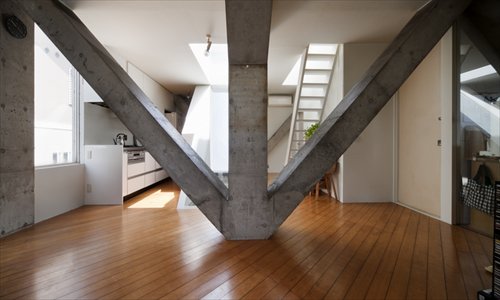
Photos of Kazuo Shinohara's projects on show at the exhibition Photos: Courtesy of Power Station of Art
Sakamoto told the audience that he was deeply impressed with some of Shinohara's ideas, including the belief that residential houses, though small, offer the best opportunities for architects to ponder the complex qualities of their art.
Strict with a sense of humor
When speaking of their memories of Shinohara, his students and friends all spoke of his strictness regarding both his work and his life.
Okuyama recalled that Shinohara set a strict limit on alcohol consumption. Each time he went to drink with Shinohara, every person was permitted to order no more than 1,000 yen ($9.76) in value.
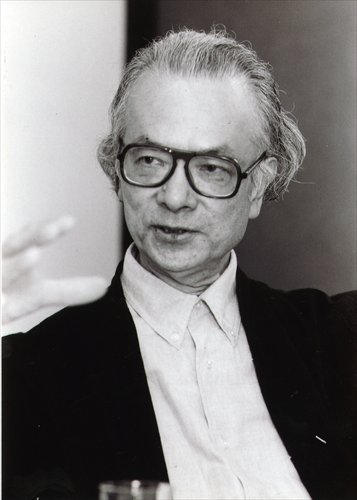
Kazuo Shinohara
"So sometimes we had to wait until he left, then dare to drink one more round," laughed Okuyama.
However, the strict old man, in Okuyama's eyes, also had a great sense of humor, with a love of satire and wordplay, according to Okuyama.
"I think there are many places in his theories and speeches that he played with the pronunciation of Japanese words, but some of these jokes are lost in translation," Okuyama said.
Date: Until June 22, 9 am to 5 pm (closed on Mondays)
Venue: 3/F, Power Station of Art 上海当代艺术博物馆3楼
Address: 200 Huayuangang Road 花园港路200号
Admission: Free
Call 3110-8550 for details